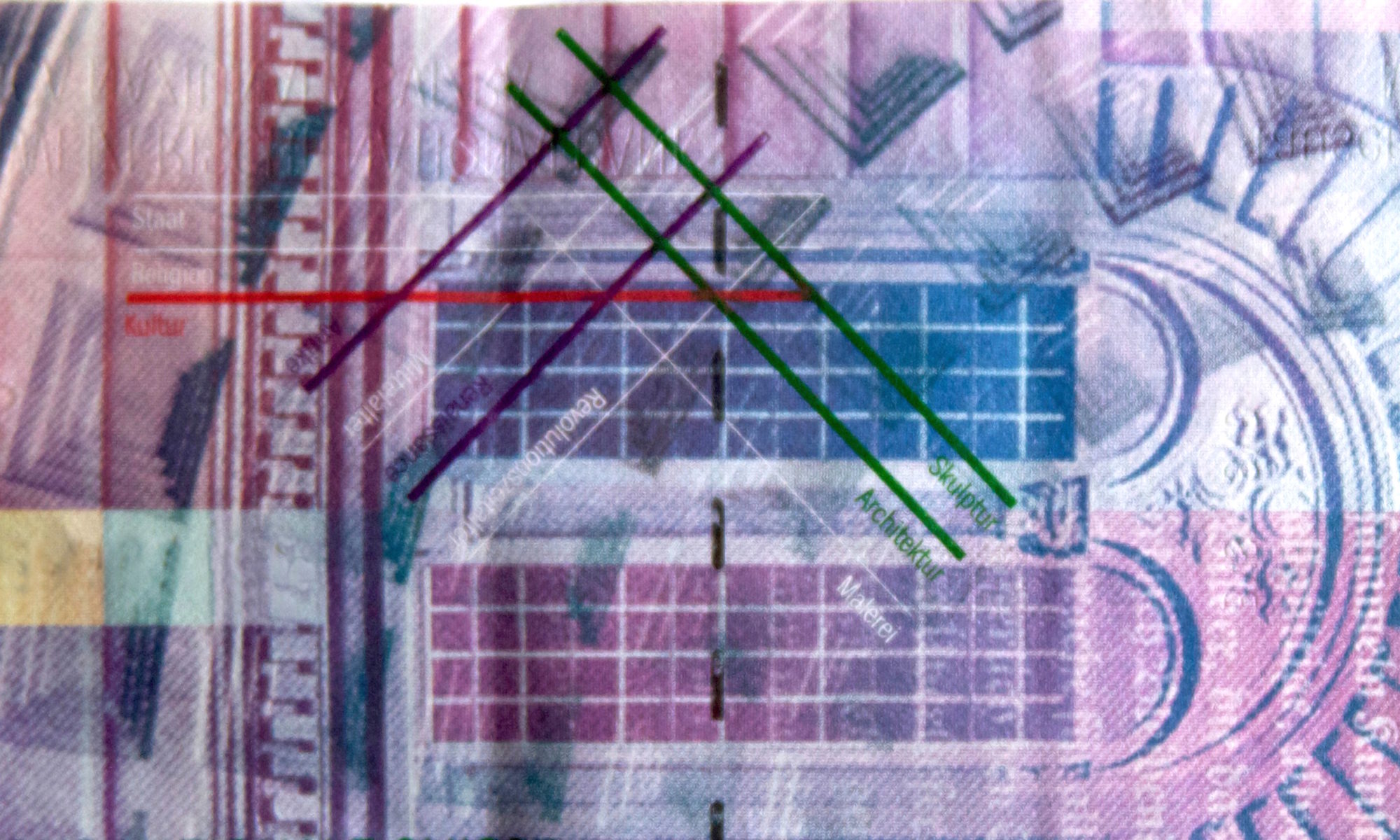“Meaning” is how things become intelligible. In addition to Kant’s method of unifying a manifold in accordance to the concept of an object, the point is to understand how things matter. It is not just that I connect and keep tack of different representations. More importantly, the question is about how I can care about any of it in the first place – why experience makes a difference to me, at all? To understand this difference, generally, I am partial to Heidegger’s approach advocating the centrality of time. The experience of time provides a handle, or telescopic tool of sorts, to scale the question over multiple granularities and orders of magnitude. Ideally, the structure of time should stay the same through different durations of experience, making the rules of one also apply to the other. What applies to the example of a melody will, ex hypothesi, reach beyond just listening to music. The next few entries will focus on articulating how things become intelligible in accordance to time experienced, respectively, in the modes of being present, past and future. This post deals with experience of the present, which is the Conversion part of CRX.
Conversion means to convey the sense in which the present is a turning-together of different temporal phases — their synchronous concurrence. Conversion describes the gathering of the present; it is the unity of the present with the modes of being past and future. Conversion is how the experience of time corresponds with itself, like a limit or nexus of merging difference. Conversion is like the interface of experience: it is why the time is always now, right now. With Conversion I intend to provide an account of time that applies both to different durations, or ontic degrees of difference, and also to ontological time itself.
Empirically, on the ontic level, the working example asks how it is possible to have the experience of listening to music? Specifically, how can I experience a sequence of individual notes that together are unified to produce a melody? In order to experience a melody, I have to recognize individual notes before being able to unify them as such. I do not need perfect pitch, just the ability to distinguish relative differences thereof. Already, discerning individual notes is complicated, as mentioned in the previous post, even before comparing the differences between them becomes possible. The question remains, how are the notes experienced as parts of a whole?
Cue: “Is that all there is?” When I listen to the last strophe of the song “…if that’s all there…” as the penultimate word is being sung, it is as though the song itself calls for participation in its own completion. The words and notes together cajole and tease the audience with rising anticipation to finally release that otherwise absently dangling participle, singular present form of the verb to “be”. The resolution, ironically, fails to disappoint. How is this possible?
At the second to last moment, in order to feel some anticipation for completion, it is not sufficient to only be presented with that which is “… there…” The final “…is” can only be anticipated from “…there…” when “if that’s all…” is experienced before it as having just occurred. Throughout the entire song, we are always anticipating what comes next in virtue of also being directed toward that which was before. The exchange between the future and the past informs the way in which the present is experienced. The present is always somehow connected to the past and future. This is Conversion.
Next, I will deal with how Conversion merges different temporal phases, starting with the past. With respect to the example, how is it possible that at any point in time, the current experience of a musical note is always informed by what was just played before? How is the present always and already connected to the past?



